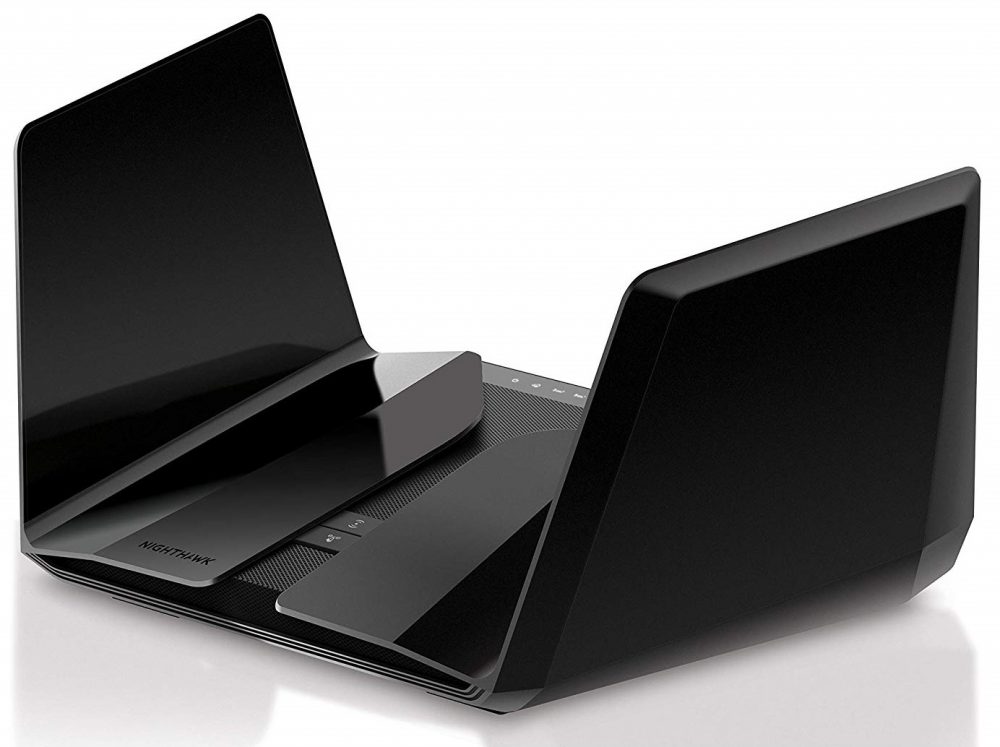As software sales increasingly rely on the use of free trials, it is essential to make the most of these trial periods. While some trials restrict features, others impose a fixed time limit. In this article, we will explore various techniques to reinstall trial software after the free trial period has ended. It is important to note that these techniques are solely intended for evaluating software and not for unauthorized usage.
Understanding Trial Software Limitations
Software trials typically employ different strategies to limit access after the trial period expires. Some trials operate on an honor system, allowing users to reinstall the program and restart the trial. However, most applications actively detect and prevent cheating behavior. They may leave markers in the registry or program data, track the date internally, or employ more sophisticated techniques to enforce trial periods. While it is possible to fool some of these methods, not all of them can be bypassed.
Techniques for Reinstalling Trial Software
There are several methods you can try to reinstall trial software after the free trial period has ended. It’s important to note that not all methods will work for every software, as developers may utilize different tracking mechanisms. It may require some experimentation to find the most effective approach. Before attempting any of these methods, be sure to copy your data files to a separate drive to ensure you don’t lose any valuable work.
1. Use an Installation Monitor
An installation monitor is a helpful tool that records every action taken by a setup or install program. By using an installation monitor during the initial installation of a free trial, you can create a detailed catalog of the installed files and registry entries. After the trial ends, you can completely remove every trace of the program and reinstall it, erasing any markers that indicate a previous trial. Mirekusoft Install Monitor is a free tool that can assist you in this process by tracking program installations and their corresponding file locations.
2. Utilize a File Uninstaller
The default uninstaller that comes with software is often incomplete, leaving behind registry entries and files that can be detected by subsequent trial installations. To ensure a clean uninstallation, you can use third-party uninstaller software such as Revo Uninstaller or IObit Uninstaller. These tools are designed to remove every file associated with the software, including any certificates or resources that may prevent reinstallation.
3. Backup and Restore the Windows Registry
Many programs leave traces in the Windows registry even after using the provided uninstaller. These registry entries can be hidden to prevent the software from being reinstalled. However, by taking a snapshot of your Windows Registry before installing the trial, you can restore it to its original state after the trial expires. This method can be effective in bypassing registry-based trial tracking. To backup and restore your registry:
- Type ‘regedit’ into the Windows search bar.
- In the registry window, select File and Export.
- Choose a safe location to store the registry backup.
- Install the software and let the trial period expire.
- Uninstall the software.
- Type ‘regedit’ into the Windows search bar again.
- In the registry window, select File and Import.
- Choose the previously saved registry backup and select OK.
4. Try Sandboxing
Sandboxing is an excellent method for trialing new software in a secure environment. It allows you to install and use a program without affecting your main operating system. Sandbox programs, such as Sandboxie, create an isolated environment where the software can run and operate normally. After the trial period ends, you can easily uninstall the sandboxed program, leaving no lingering files on your computer. This ensures a clean slate for reinstalling the trial software if needed.
5. Explore Virtual Machines
Using a virtual machine (VM) is another effective way to trial software without impacting your main system. A VM creates a virtual environment where you can install an operating system and run applications. When using a VM for trial software, you can simply take a snapshot of the VM image after setting up everything. Install the trial software within the VM, use it, and then delete the VM image when the trial period ends. By replacing the VM image with the previously saved snapshot, you can continue using the trial software as needed. Free VM software like VirtualBox is ideal for this purpose.
Conclusion
Extending your software trial period can be achieved through various techniques, allowing you to evaluate software more thoroughly before making a purchase. From using installation monitors to completely removing trial software, to sandboxing and virtual machines, each method offers its own advantages. Remember to respect software licensing agreements and use these techniques solely for evaluation purposes. By leveraging these techniques, you can make informed decisions about the software you choose to invest in.
Have you discovered any other tips or tricks for extending software trial periods? Share your insights in the comments below!







